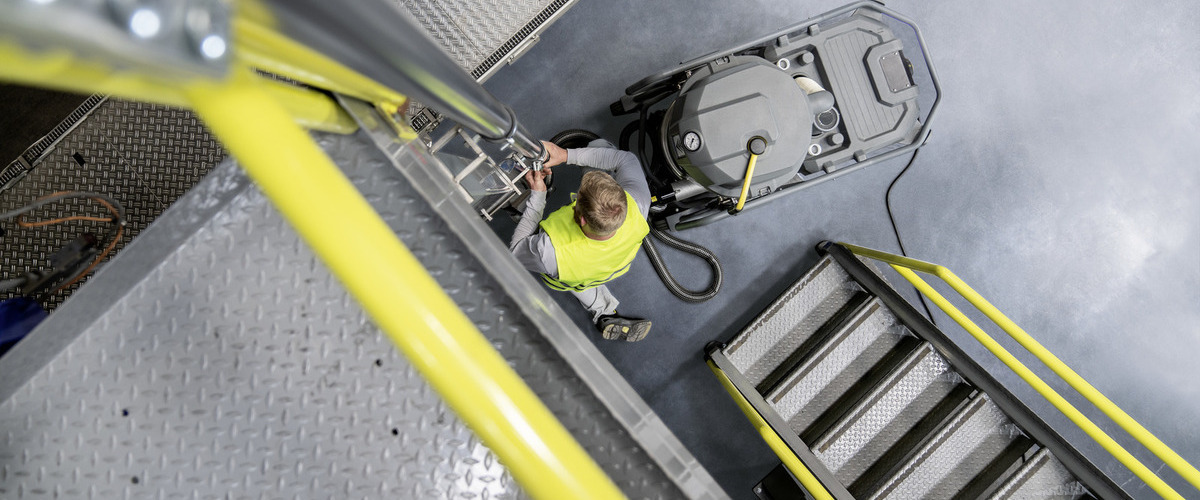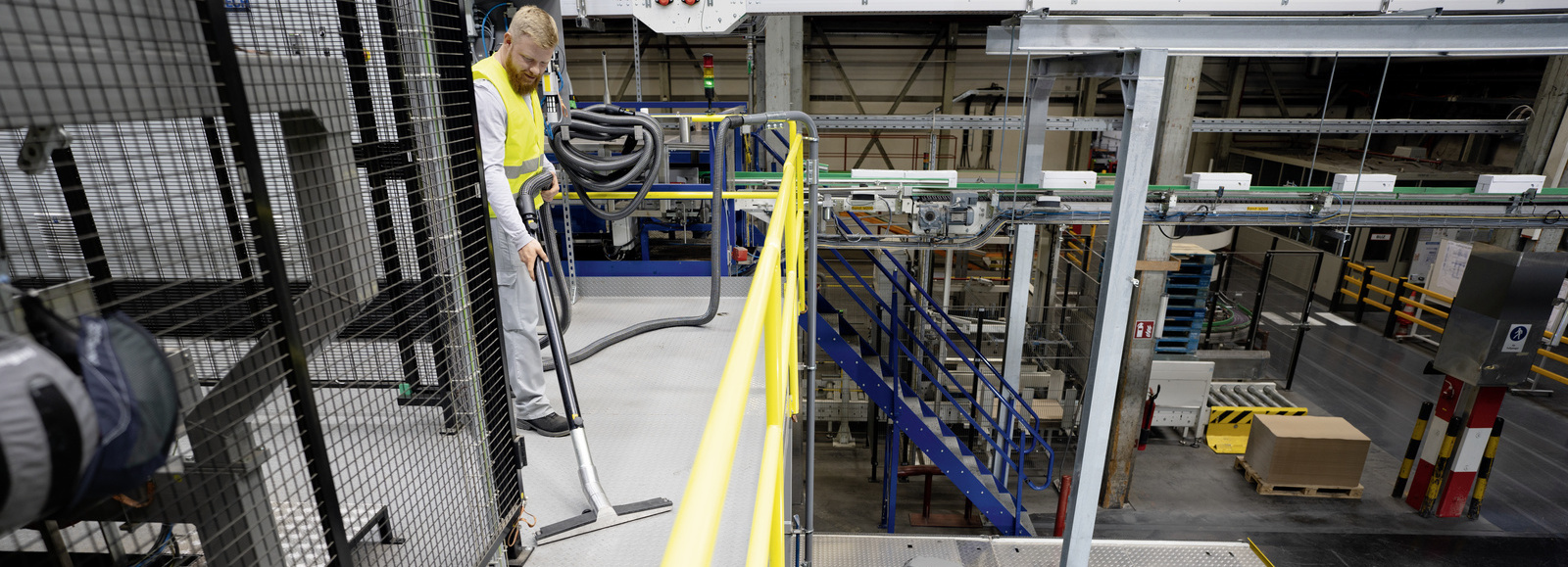Reference Nestlé Biessenhofen
A conversation with Christian Bäckerbauer, Logistics Manager, about dust-free logistics and cleaning technology.
Dust-free logistics
After making large investments in logistics at the site in Biessenhofen, Head of Logistics Christian Bäckerbauer was adamant that the cleaning technology must keep pace. The key was in the details.
Challenge
Among other things, the site at Biessenhofen produces milk powder for baby food. Dust accumulates on belts and the conveyor system, and this needs to be vacuumed up.
Solution
Kärcher vacuum cleaners with suction supply line and hoses as well as mobile models take the load off employees and ensure dust-free logistics.
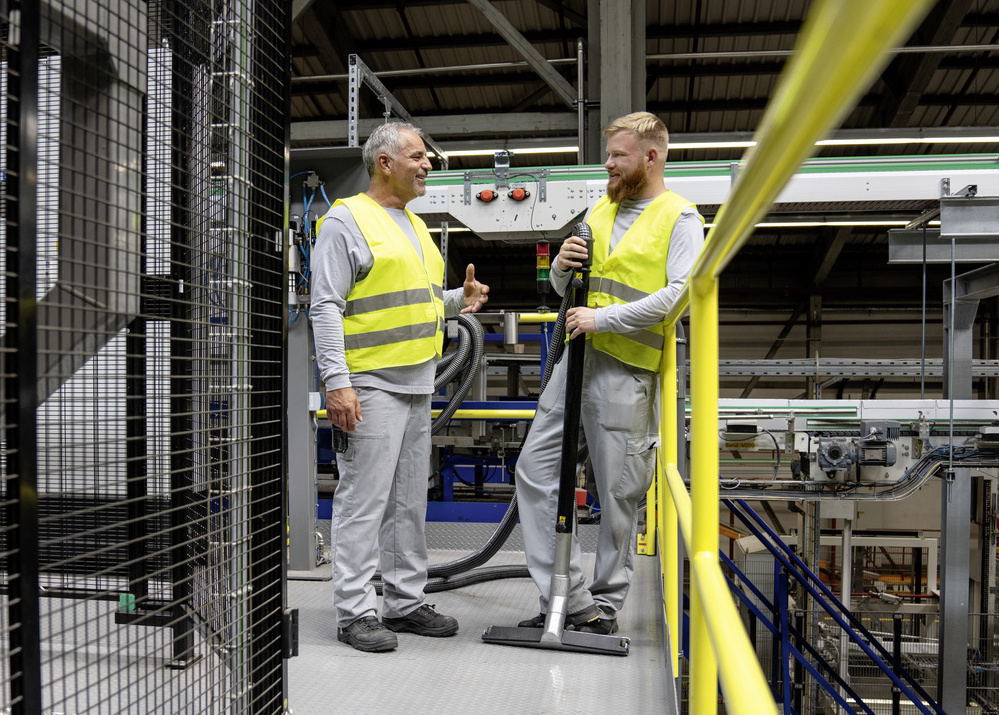
What`s changed? Facts and figures
When processes are adapted, initial costs are involved. Only when input and output are proportionate and added value is being created does the outlay pay off.
Challenge
- Mobile wet and dry vacuum cleaners were being used to clean the logistics area.
- An insufficient suction power resulted in a high dust impact in the warehouses.
- A huge amount of effort was required, as the vacuum cleaners had to be carried up and down stairs and from place to place.
Solution
- The use of industrial vacuums with sufficient suction power reduces the dust impact.
- Installation of pipelines to which vacuum cleaners can be flexibly connected.
- Connection points on various levels in packaging and logistics make handling much easier.
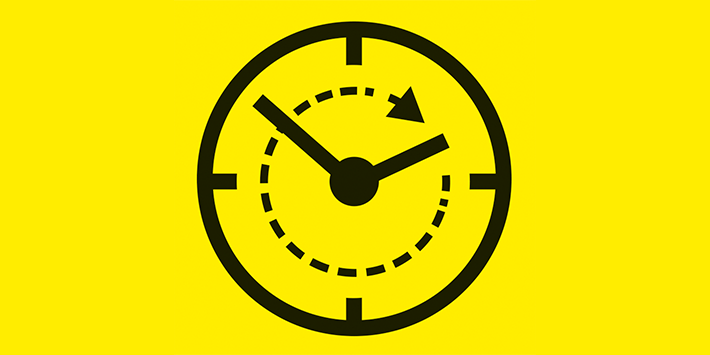
Short set-up times as a result of optimal positioning of pipelines. Long operating cycles thanks to larger containers.

Reduced dust impact, a lower risk of accidents and less strain on employees thanks to ergonomic operation.
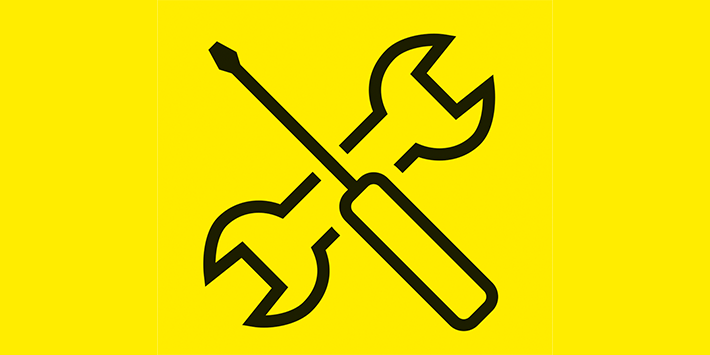
Maintenance effort reduced by 30% thanks to less frequent filter replacementsand a longer service life.
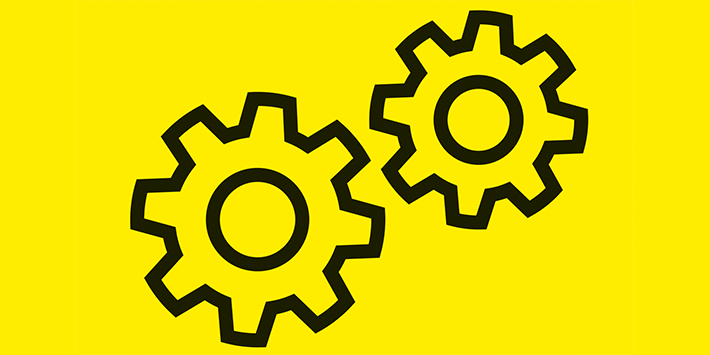
The industrial vacuums have a 25 times longer lifetime than the vacuum cleaners that were previously being used.

